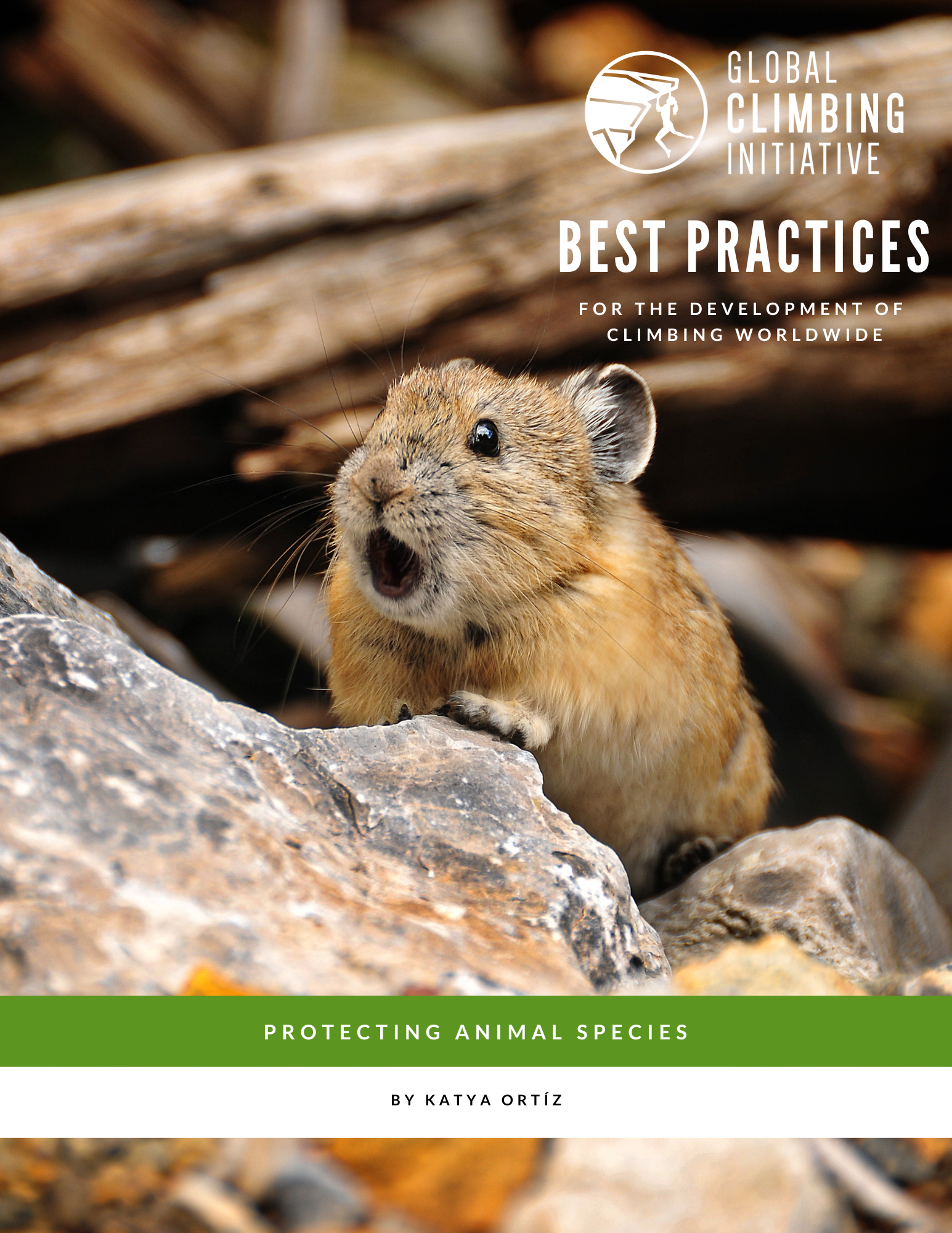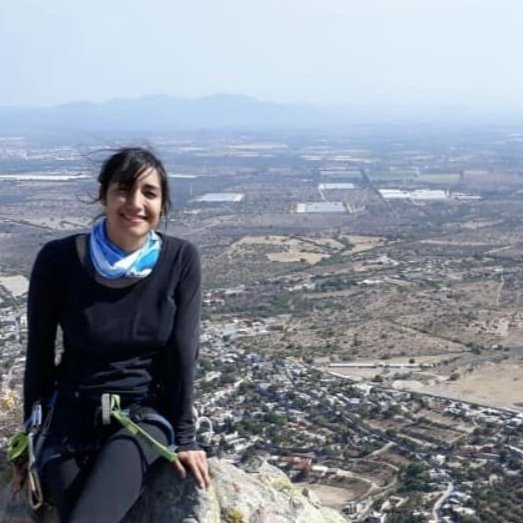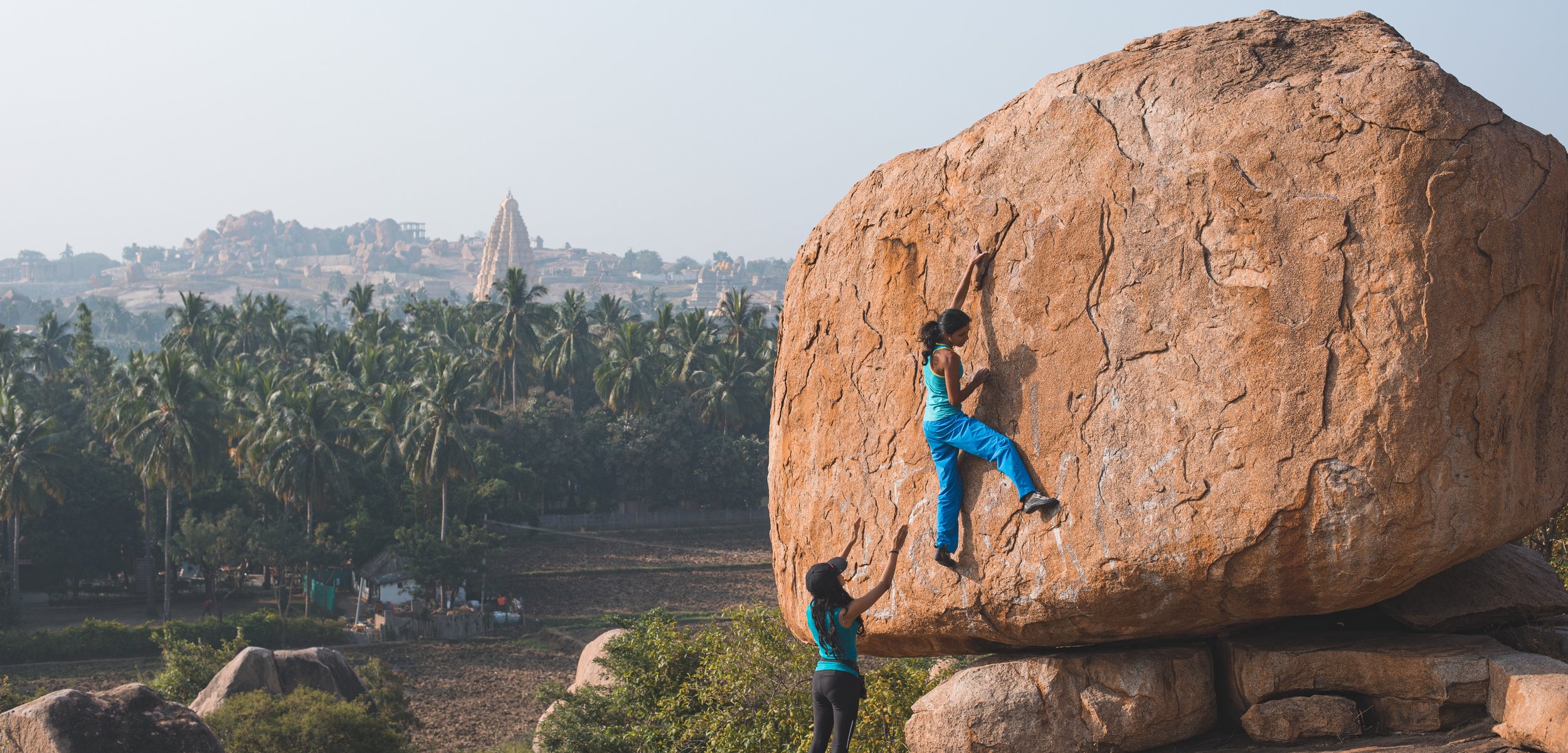Best Practices
Protecting Animal Species
“Climbing, in particular, allows us to get in close contact with wild animal species that are normally found at a distance. Not only is it important to limit the impacts we leave on climbing area ecosystems, it is highly important to realize that the potential negative effects we have on the environment begin during the approach. Recognizing these potential impacts and learning how to minimize the traces we leave behind will allow us to protect the ecosystems we love and the wildlife that lives within.”
This chapter of GCI’s Best Practices Project shares important recommendations for how every climber can reduce their impact on animals when climbing outside. Even taking small steps can dramatically reduce human impact on the feeding, sleeping, and mating patterns of animals, while also ensuring that we don’t directly put them in harm’s way. Author Katya Ortíz shares her key lessons drawn from years in environmental education, wildlife management, and climbing leadership.
Katya Ortíz
Environmental Education Coordinator, Escalada Sustentable & Wildlife Veterinarian
Mexico
Download the chapter PDF by filling out the form below.
Why are we collecting this information?
The Global Climbing Initiative is an international effort to unite and support the climbing community. The more we grow our network of climbers around the world, the better we will be able to serve our global community. Your information will not be sold, shared, or otherwise distributed beyond GCI. Learn more about our privacy policy at globalclimbing.org/privacy.
Translate chapter
عربي 普通话 Deutsch Español فارسی Français Ελληνικά हिन्दी Indonesian Italiano 日本語 한국어 ລາວ македонски Melayu नेपाली Português Русский язык словенечки Kiswahili ภาษาไทย Türkçe اُردُو Tiếng Việt
To support the best practices project, please consider purchasing a shirt or making a donation



